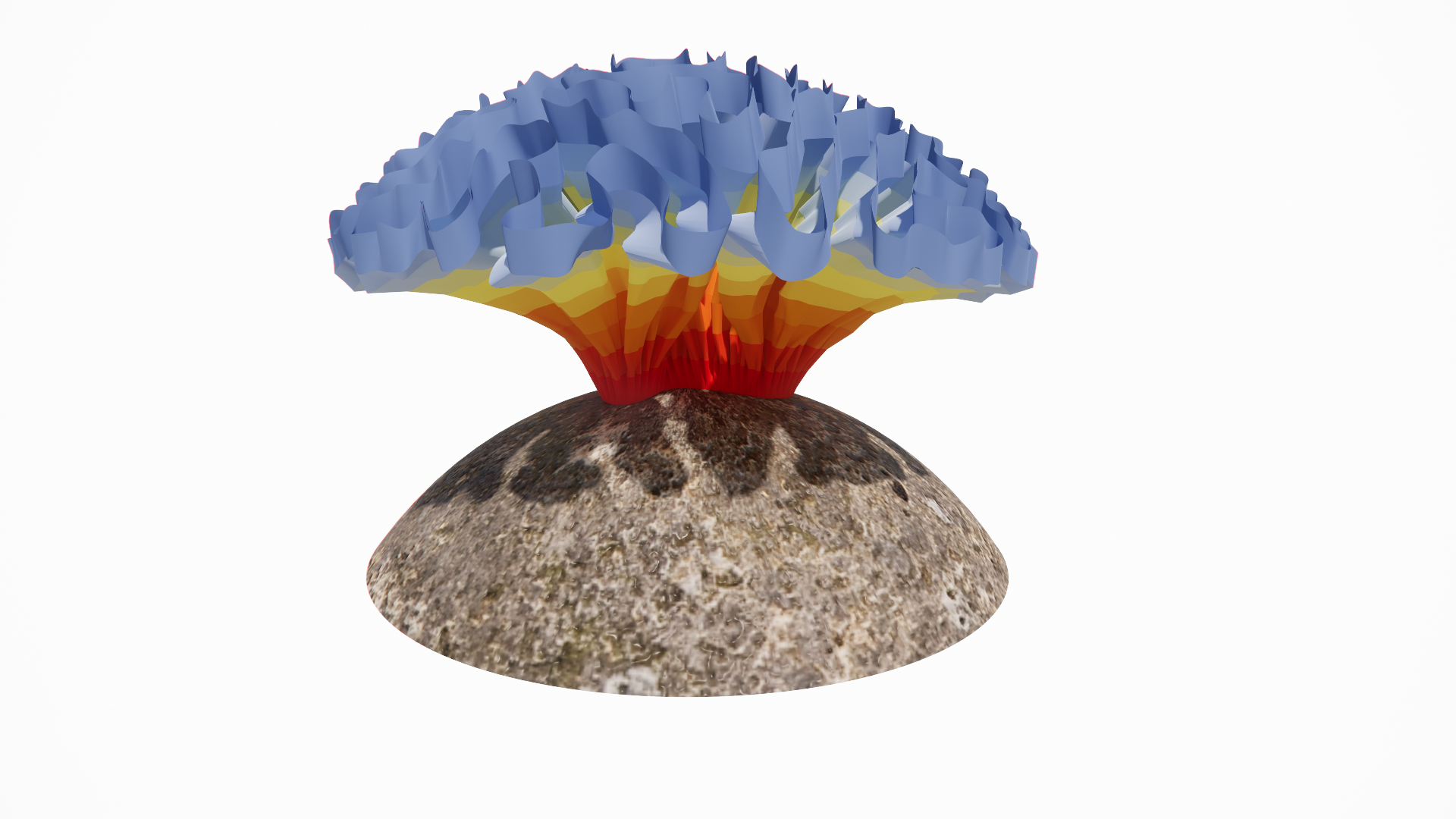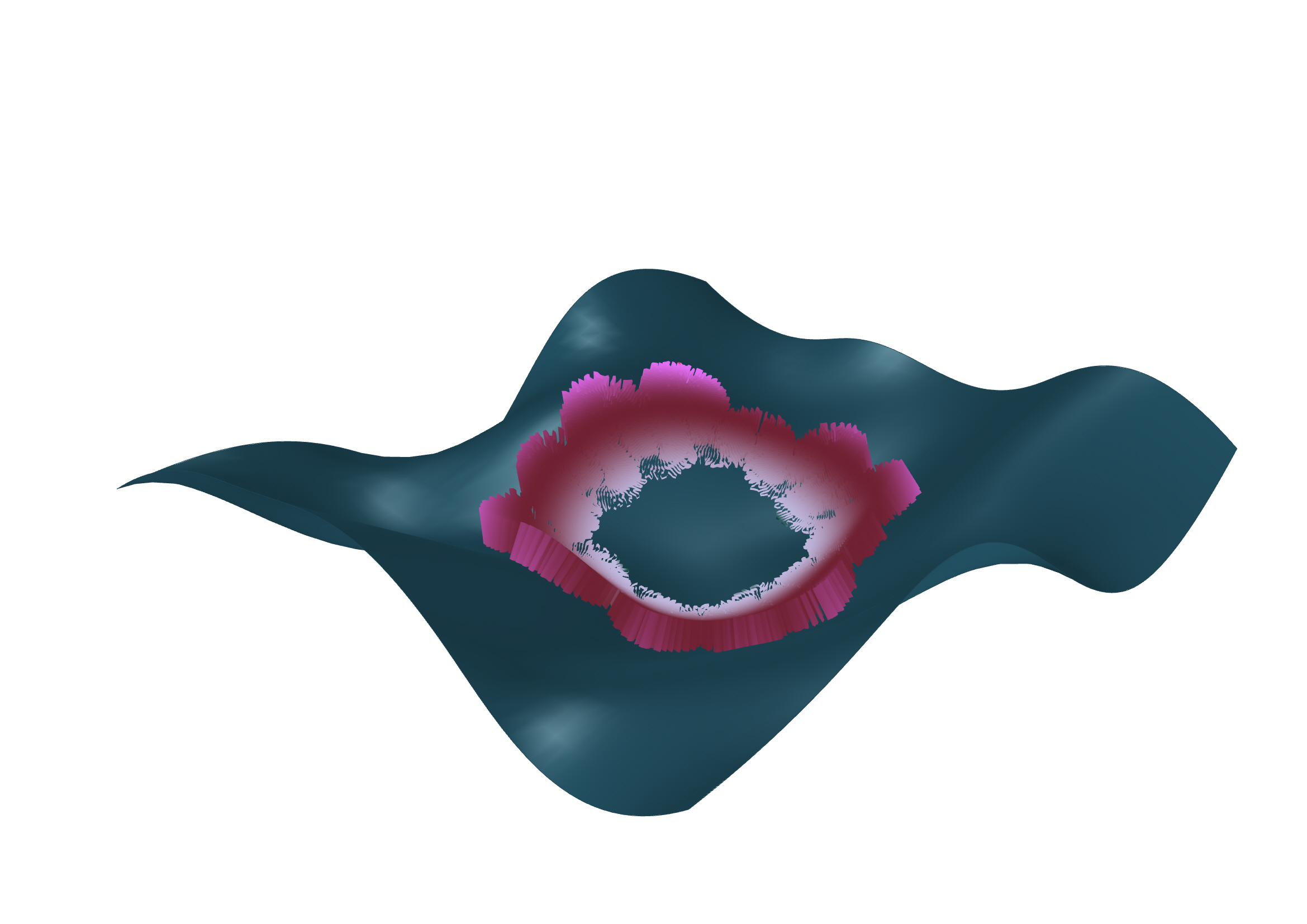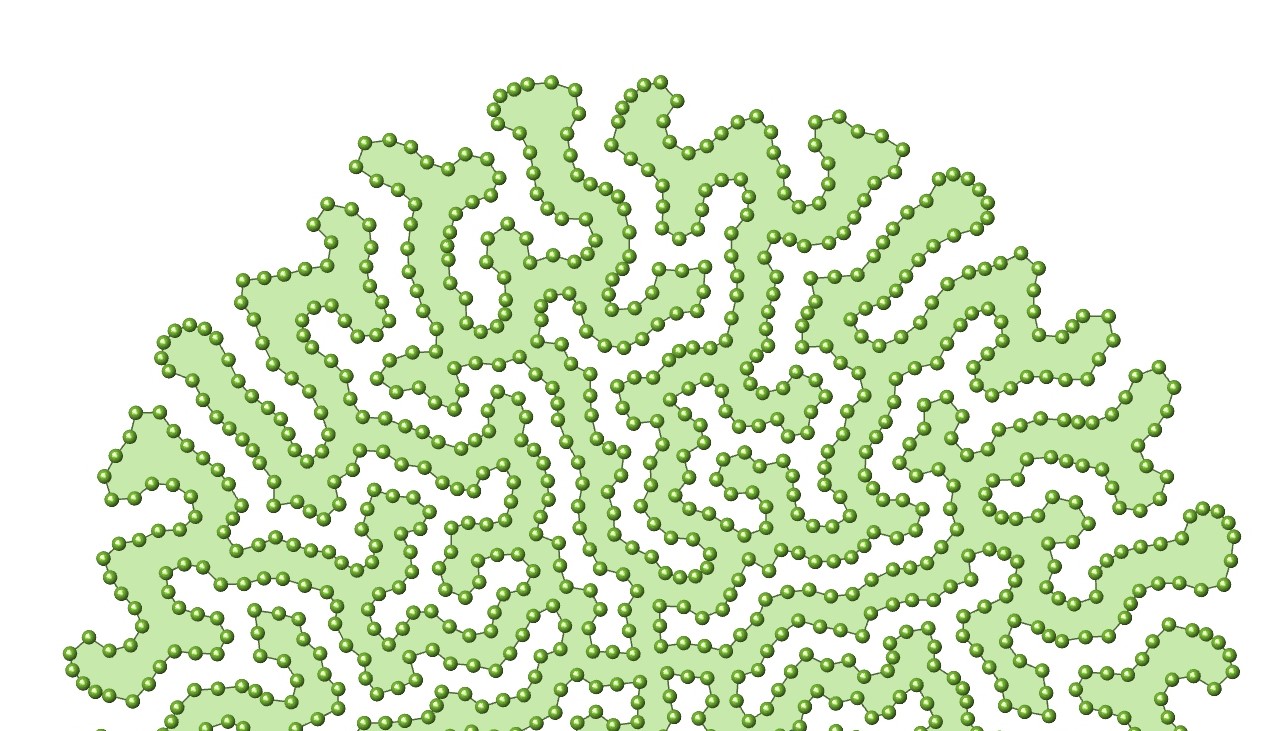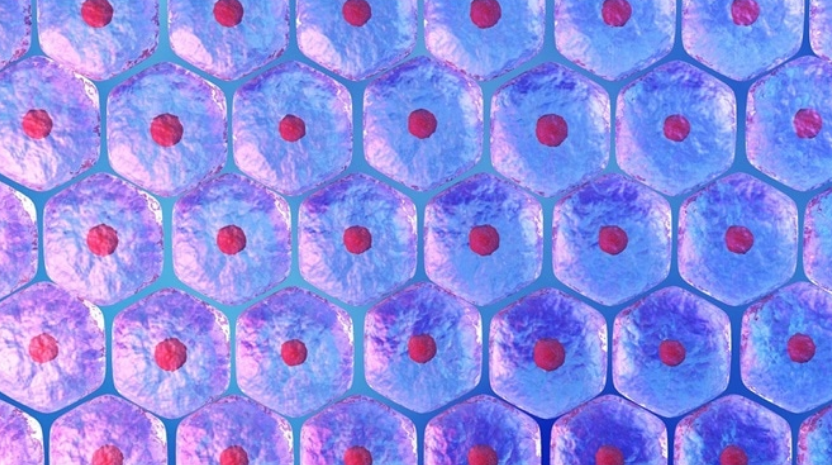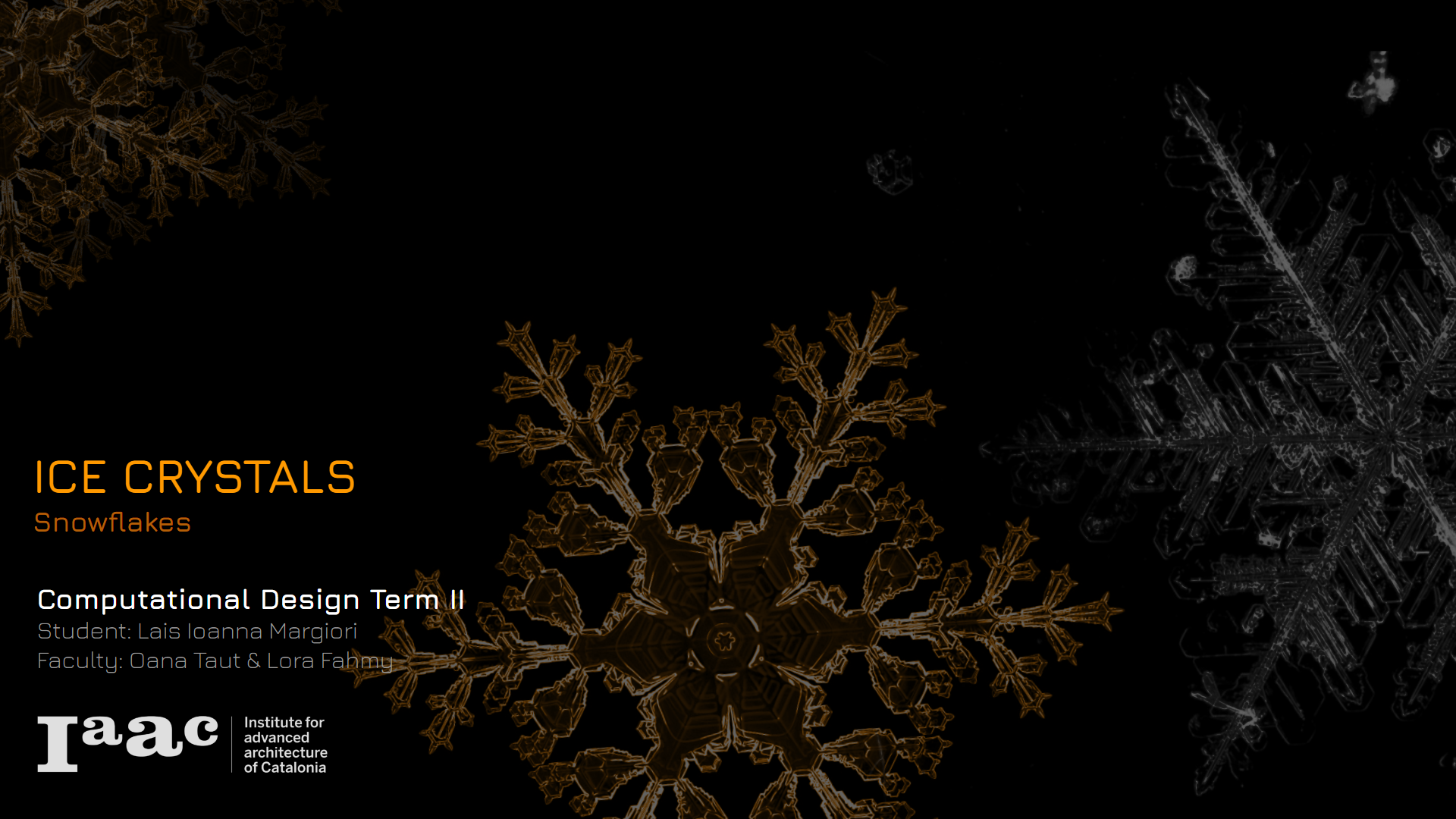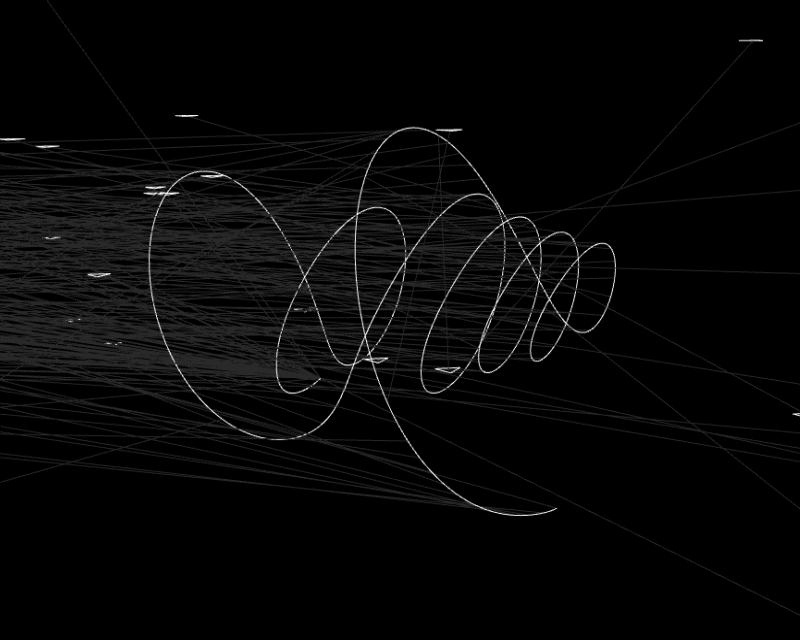
Credits: Sumer Matharu, Salvador Calgua
“If the only tool you have is a hammer, you tend to see every problem as a nail.” (Abraham Maslow)
Computational design has come a long way since the early days of being simply the tool of the parametric style. Today it is at the core of innovation in architecture and design, occupying an important role in most of the leading architecture practices. Increasingly the tools that we now use to design have the potential to expand the range of our design options, allowing us to explore performance criterias unlimited by the increased complexity. The computational design paradigm is thus expanding the creation process, from a mere singular instance of a design far beyond the three dimensional space into a virtually limitless parametric realm of different versions of the design intent, forming what we call a design space..
In this new paradigm, the role of the computational designer is to effectively transform a carefully crafted design intent into a parametric strategy, establish selection criteria and navigate the entire space of options by confronting them with analytical and simulation tools. This allows the creation of designs that are fast to adapt, and can embed insights from vast amounts of context data.
For this purpose, Grasshopper has significantly become the standard for computational design, not only within academia but across many trades and disciplines that encompass the form creation process, providing easy access to algorithmic thinking and a large ecosystem of plugins that provide easy access to a broad range of tools for advanced design. This course has the goal of teaching the fundamentals of Computational Design and algorithmic thinking through the interface of Grasshopper 3d. We go beyond teaching quick strategy for obtaining complex forms and will dive into deeply understanding the logic and principal methods with the intention of equipping you with the mental and digital tools for designing computational sequences that translate your design intent.
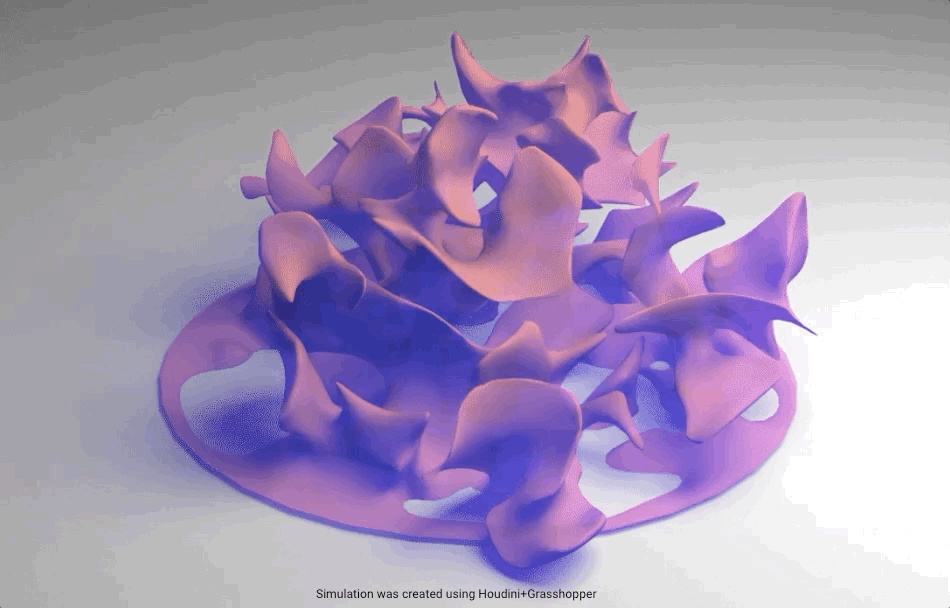
Credits: Aleksandra Jastrzebska, Felipe Romero, Hesham Shawny
Term II – Geometry and Physics
The second term of the course builds on the fundamental concepts of data management and incremental data manipulations by introducing knowledge of geometry representation and its characteristic methods for transformation. This course will be focused on algorithmic modelling of behaviour, exploring force fields, physics simulation, agent based systems, as well as an array of methods for analysis and quantification of complex characteristics.
Learning Objectives
At course completion the student will:
- Continue to develop algorithmic thinking
- Become fluent in data management and parametric modelling
- Learn the basics of 3d geometry description and representations
- Learn fundamental methods of physics simulation and iterative behaviour
- Develop research through parametric exploration
- Refine data visualisation and process animation skills












